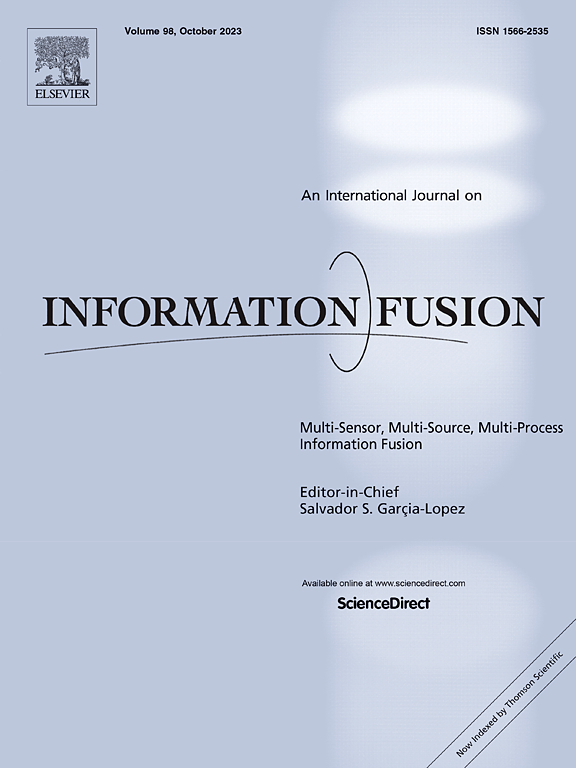PASAL: Progress- and sparsity-aware loss balancing for heterogeneous dataset fusion
IF 14.7
1区 计算机科学
Q1 COMPUTER SCIENCE, ARTIFICIAL INTELLIGENCE
引用次数: 0
Abstract
Machine learning has seen widespread application in many areas. Despite theoretical advancements, the demand for qualitative and extensive data foundations is increasing. Real-world datasets are often small and combining them is challenging due to the resulting sparsity and heterogeneity. Existing combination techniques merge datasets into a common space before training, causing drawbacks such as data loss and distortion of annotations. To address this, we fuse heterogeneous datasets by jointly training dataset-specific weighted sub-networks. Balancing losses from heterogeneous data sources is challenging, as current techniques are inadequate. We propose a novel progress- and sparsity-aware loss balancing method (PASAL), which adaptively balances sub-network losses based on individual learning progress and sparsity. As an example, we present the application of PASAL to the olfaction domain, where predicting smell properties based on molecular structure is difficult due to subjective impressions, typically limited data, and a lack of unified datasets. By evaluating PASAL on the DREAM Olfaction Prediction Challenge, we improve the current state-of-the-art method from a Z-Score of 9.92 to 10.10. Furthermore, by treating our AI as an annotator, we surpass human performance in the odor and pleasantness categories with statistical significance. Our findings are supported by a feature analysis, indicating that our heterogeneous combination methodology enhances odor prediction.
求助全文
约1分钟内获得全文
求助全文
来源期刊

Information Fusion
工程技术-计算机:理论方法
CiteScore
33.20
自引率
4.30%
发文量
161
审稿时长
7.9 months
期刊介绍:
Information Fusion serves as a central platform for showcasing advancements in multi-sensor, multi-source, multi-process information fusion, fostering collaboration among diverse disciplines driving its progress. It is the leading outlet for sharing research and development in this field, focusing on architectures, algorithms, and applications. Papers dealing with fundamental theoretical analyses as well as those demonstrating their application to real-world problems will be welcome.
 求助内容:
求助内容: 应助结果提醒方式:
应助结果提醒方式:


